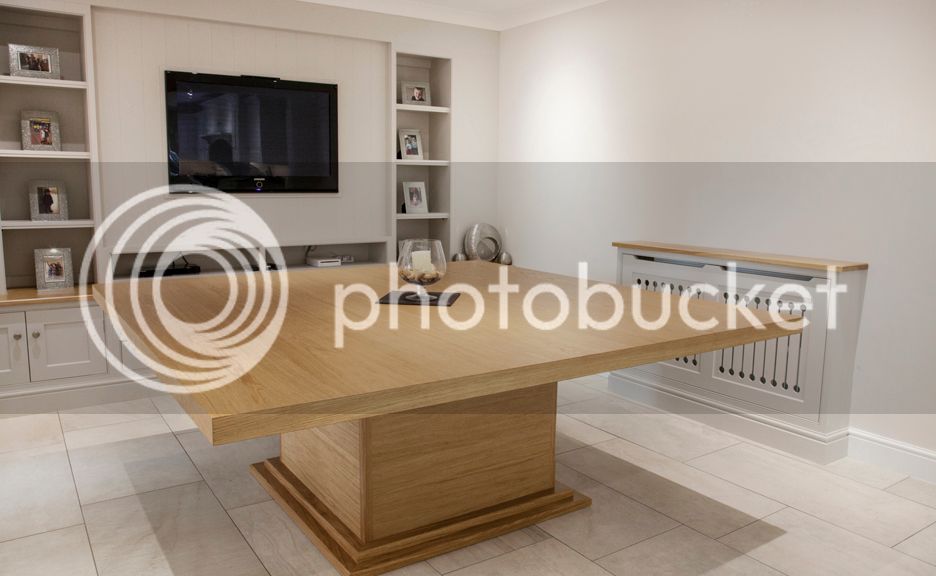doctor Bob":zh9k62d0 said:
edge lipped substrate and then 3mm thick veneer top and bottom.
Have you done other jobs with a 3mm thick hardwood veneer, and if so how have they behaved after a few years?
I bandsaw veneers and vac press them using UF resin, and I constantly fret about the optimum thickness for saw cut veneers. Here are some of the issues I'm trying to reconcile,
1. The workshop where I trained (which has many years experience and a sky high reputation for quality) saw their veneers to about 3mm then drum sands them down to 1.5mm-1.8mm. They insist on UF resin, even on pale timbers like rippled sycamore when you've got to really be careful to avoid bleed through.
2. The consensus amongst American makers seems to be never exceed 3/32" (2.38mm) for veneer thickness or the veneer will develop micro checks, and that's only for softer, more elastic woods, for really hard woods 1/16" (1.59mm) is the maximum veneer thickness. There seems to be a bit more flexibility about glue choice in the US, some well experienced craftsmen will use PVA, on paler timbers especially, but even they tend to reduce the veneer thickness when using PVA.
3. I had a long conversation with Hamish Low about this. When Hamish was the head craftsman for John Makepeace they conducted an exhaustive series of trials to determine optimum veneer thickness and concluded 1.0-1.2mm was as thick as they could go to be confident about avoiding micro splits and checking.
4. On the other hand many antique restorers I've spoken to say they regularly work with saw cut veneers that are 3-6mm thick and they've survived for hundreds of years without problems. Yes, say the detractors, but with forgiving Scotch Glue, laid on a timber ground, and in non centrally heated environments.
Personally I chicken out and never exceed 1.8mm for my veneers, even though I'd love to go thicker as that would open up all sorts of shaping options. So I'm intrigued to learn more from your experiences. Have you inspected 3+mm veneers that you laid a few years ago and were they free of checks and cracks?
Thanks.






